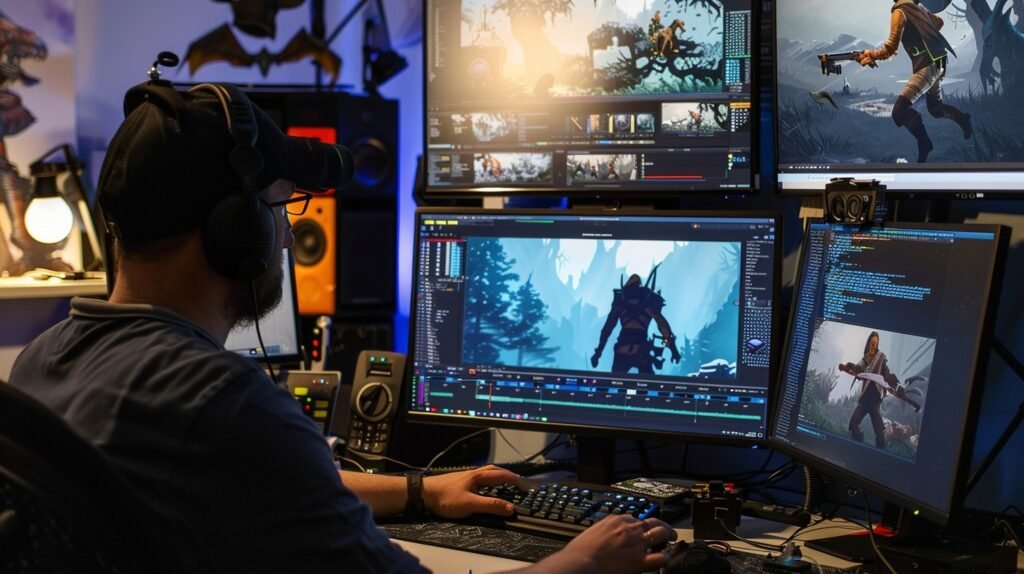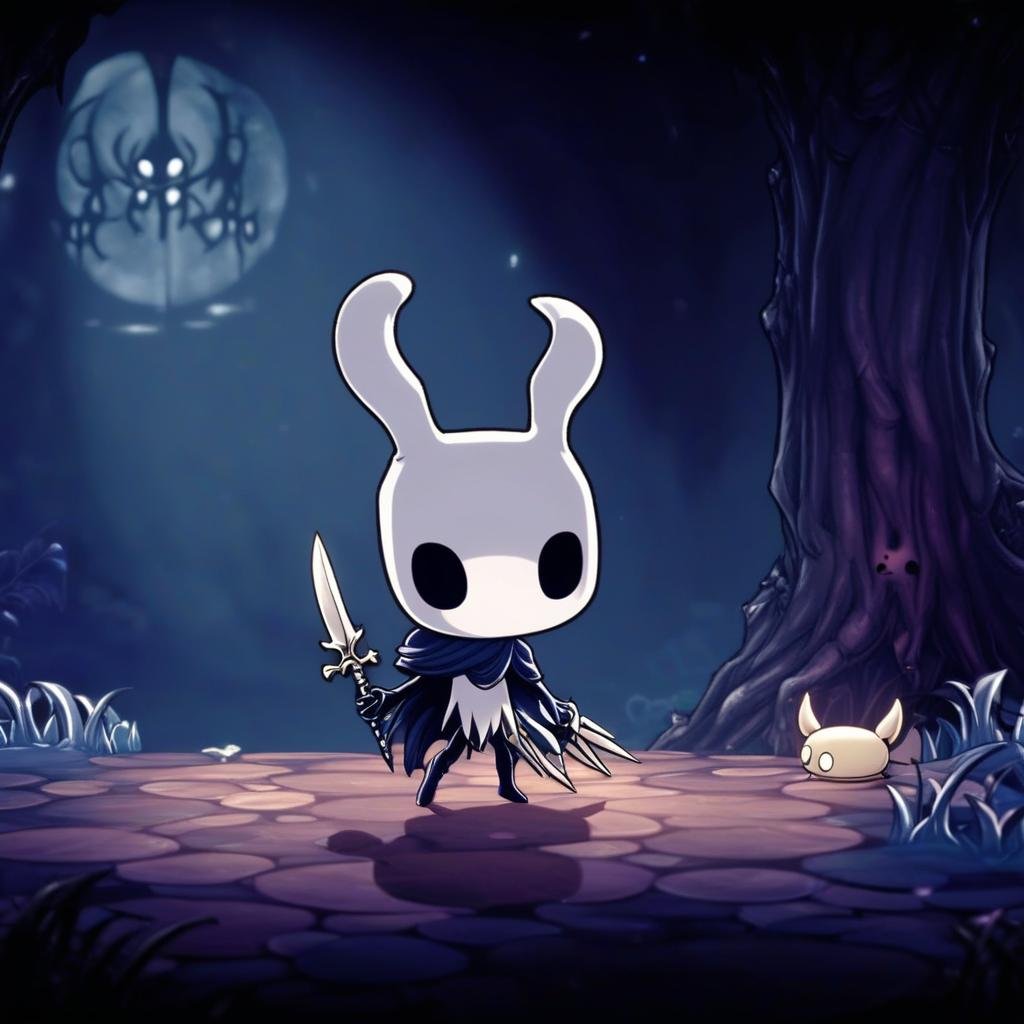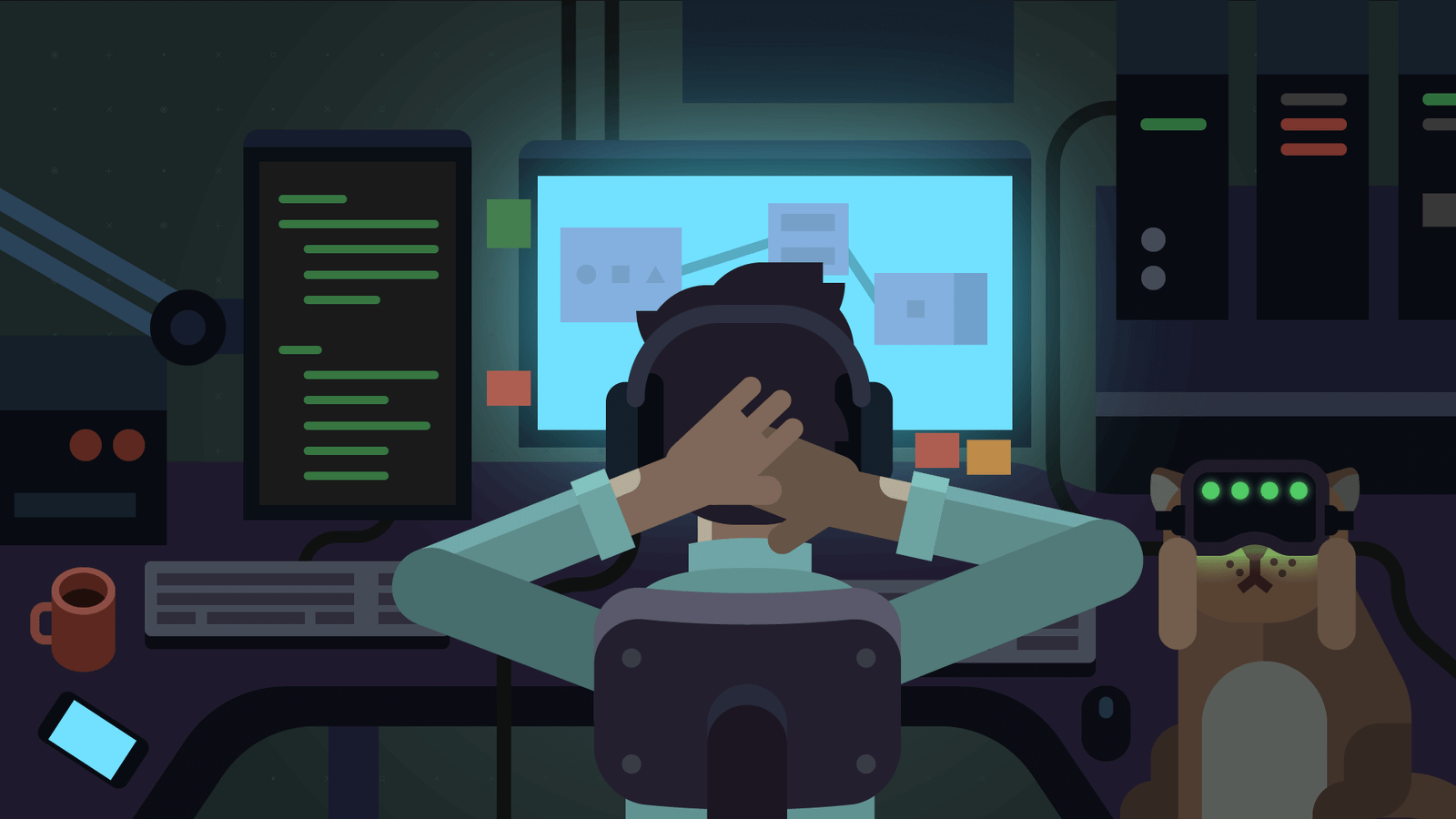1. Introduction
Indie game development has become a vibrant and influential force in the gaming industry. Unlike the big-budget, AAA titles, indie games are often created by small teams or even solo developers, bringing unique ideas and innovative gameplay to the forefront. This article delves into the world of indie game development, exploring its success stories, challenges, and what the future holds for this thriving industry.
2. The Rise of Indie Game Development

Indie game development has seen a significant rise over the past decade, fueled by the democratization of game development tools and platforms. What once required a large studio and significant financial backing can now be achieved by a small, passionate team with a great idea. The rise of digital distribution platforms like Steam, Itch.io, and the App Store has also played a crucial role in the growth of indie games, providing developers with direct access to global audiences.
3. Defining Indie Games
But what exactly makes a game “indie”? Indie games are typically defined by their independent nature, meaning they are developed without the financial backing or creative oversight of a major publisher. These games often focus on innovative gameplay, storytelling, and artistic expression, setting them apart from mainstream titles. Indie developers have the creative freedom to experiment and take risks, leading to some of the most unique and memorable games in the industry.
4. Key Success Stories in Indie Game Development
Case Study 1: Minecraft – A Cultural Phenomenon

Perhaps the most iconic indie game success story is Minecraft. Developed by Markus “Notch” Persson and later acquired by Microsoft, Minecraft started as a small project and quickly grew into a cultural phenomenon. Its open-world sandbox gameplay, where players can build and explore endlessly, has captivated millions of players worldwide. The game’s success has not only transformed the life of its creator but has also had a profound impact on gaming culture, inspiring countless other indie developers.
Case Study 2: Stardew Valley – From Passion Project to Best-Seller

Stardew Valley, created by Eric Barone (also known as ConcernedApe), is another remarkable success story. This farming simulation game was developed single-handedly by Barone over several years. His dedication to creating a game that reflected his love for the genre paid off, as Stardew Valley quickly became a best-seller upon its release. The game’s charming graphics, deep gameplay mechanics, and engaging community have made it a beloved title among gamers.
Case Study 3: Undertale – Revolutionizing RPGs

Undertale, developed by Toby Fox, is a game that defied conventional RPG norms and won the hearts of players with its unique mechanics and storytelling. In Undertale, players have the choice to spare every enemy they encounter, leading to different outcomes based on their actions. This innovative approach to gameplay, combined with its quirky humor and emotional depth, has earned Undertale critical acclaim and a dedicated fanbase.
Case Study 4: Hollow Knight – Masterpiece of Atmosphere and Design

Team Cherry’s Hollow Knight is a shining example of how atmosphere and design can elevate a game to masterpiece status. This action-adventure game, set in a beautifully crafted, insect-inhabited world, is praised for its challenging gameplay, stunning visuals, and intricate level design. Hollow Knight has become a benchmark for indie games, influencing many others in the genre.
5. Common Challenges in Indie Game Development
While the success stories are inspiring, indie game development is fraught with challenges. One of the most significant hurdles is financial constraints. Unlike AAA studios, indie developers often have limited budgets, which can restrict the scope of their projects. Technical challenges, such as mastering complex game engines and coding, also pose significant obstacles. Additionally, marketing and visibility are crucial for an indie game’s success, but breaking through the noise in a saturated market can be incredibly difficult.
Time management is another challenge, with many indie developers working part-time on their projects while juggling other commitments. Burnout is a common issue, especially for solo developers, who must manage all aspects of development themselves.
6. Overcoming Challenges
Despite these challenges, many indie developers have found ways to succeed. Funding options have expanded with the rise of crowdfunding platforms like Kickstarter and Indiegogo, allowing developers to raise money directly from their future players. Grants and sponsorships from organizations supporting indie games are also viable options.
Leveraging technology and tools is essential for overcoming technical challenges. Game engines like Unity, Unreal Engine, and Godot offer powerful capabilities even for small teams. Asset marketplaces provide ready-made resources that can save time and effort.
Effective marketing strategies are critical for visibility. Building a strong social media presence, engaging with communities on platforms like Reddit and Discord, and collaborating with influencers can significantly boost a game’s reach. Additionally, building a sustainable development process, adopting methodologies like Agile, and employing time management techniques can help prevent burnout and ensure steady progress.
7. The Role of Game Engines in Indie Development
Game engines are the backbone of indie game development, providing the tools necessary to bring creative visions to life. Unity, Unreal Engine, and Godot are among the most popular engines used by indie developers. Unity is known for its flexibility and large asset store, making it a favorite for a wide range of game genres. Unreal Engine, with its high-quality graphics capabilities, is often chosen for more visually demanding projects. Godot, an open-source engine, is gaining popularity for its user-friendly interface and active community.
Choosing the right engine depends on the specific needs of the project, including the desired visual style, platform compatibility, and the developer’s familiarity with the engine’s features.
8. Indie Game Development Communities and Resources
The indie game development community is a vibrant and supportive space, offering resources and networking opportunities for developers at all levels. Online communities like the Indie Game Developers group on Facebook, the GameDev subreddit, and various Discord servers provide valuable feedback, advice, and collaboration opportunities.
Educational resources are abundant, with platforms like Udemy, Coursera, and YouTube offering courses on game development, coding, and design. Participating in game jams, such as Ludum Dare and Global Game Jam, allows developers to hone their skills, meet like-minded individuals, and gain exposure for their projects.
9. The Importance of Player Feedback
Player feedback is crucial for the success of any game, especially in the indie space. Beta testing and early access releases provide developers with valuable insights into how their game is being received. This feedback can be used to fine-tune gameplay, fix bugs, and make improvements before the final release. Additionally, engaging with players during development helps build a loyal fanbase that can advocate for the game upon release.
10. Monetization Strategies for Indie Games
Monetizing an indie game can be challenging, but there are several strategies developers can use. Pricing models vary from one-time purchases to freemium models with in-game purchases or downloadable content (DLC). Subscription services like Xbox Game Pass and PlayStation Now offer another avenue for revenue, allowing games to reach a broader audience.
Publisher deals and distribution platforms like Steam, GOG, and Itch.io provide visibility and access to global markets, though they often take a cut of the revenue. Developers must carefully consider their monetization strategy to balance profitability with player satisfaction.
11. The Future of Indie Game Development
The future of indie game development is bright, with emerging trends pointing towards continued growth and innovation. Procedural generation, virtual reality (VR), and augmented reality (AR) are becoming more accessible, allowing indie developers to explore new genres and gameplay experiences. The integration of AI and machine learning in game development is also on the horizon, promising to revolutionize how games are created and played.
As technology continues to evolve, indie developers will have even more tools at their disposal to bring their creative visions to life. The next decade is likely to see even more groundbreaking indie titles that challenge the conventions of mainstream gaming.
12. Comparing Indie Games to AAA Titles
Indie games differ from AAA titles in several key ways. The development process for indie games is often more flexible, allowing for greater creative freedom. Indie developers can take risks and experiment with new ideas without the pressure of meeting the expectations of a large publisher.
However, this creative freedom comes with financial risks, as indie developers typically lack the budget and resources of AAA studios. Market positioning is also different, with indie games often appealing to niche audiences rather than the broad appeal sought by AAA titles. Despite these differences, both indie and AAA games play important roles in the gaming industry, offering diverse experiences for players.
13. Case Studies of Failed Indie Games
Not all indie games find success. Analyzing failed projects can provide valuable lessons for aspiring developers. Common pitfalls include overly ambitious projects, lack of clear direction, and underestimating the importance of marketing. By understanding these challenges, developers can avoid similar mistakes in their own projects.
14. Expert Insights
Experts in the industry often emphasize the importance of persistence and adaptability in indie game development. Successful developers like Rami Ismail and Tim Schafer advise newcomers to stay flexible, learn from their failures, and continuously improve their skills. The future of indie gaming, according to these experts, is filled with potential, as long as developers remain passionate and committed to their craft.
15. Conclusion
Indie game development is a challenging but rewarding endeavor. The success stories of games like Minecraft, Stardew Valley, Undertale, and Hollow Knight demonstrate what is possible with passion, creativity, and perseverance. While there are many obstacles to overcome, the resources and communities available today make it an exciting time to be an indie developer. For those willing to put in the work, the possibilities are endless.
16. FAQs
- What are the most common challenges faced by indie game developers?
- Indie game developers often struggle with financial constraints, technical challenges, marketing, and time management.
- How can indie developers successfully market their games?
- Building a strong social media presence, engaging with online communities, and collaborating with influencers are effective strategies for marketing indie games.
- What role do game engines play in indie game development?
- Game engines like Unity, Unreal Engine, and Godot provide the tools necessary for indie developers to create and bring their games to life.
- How can indie developers secure funding for their projects?
- Crowdfunding, grants, sponsorships, and publisher deals are common ways indie developers can secure funding.
- What trends are shaping the future of indie game development?
- Emerging technologies like VR, AR, and AI, along with procedural generation, are shaping the future of indie game development.

